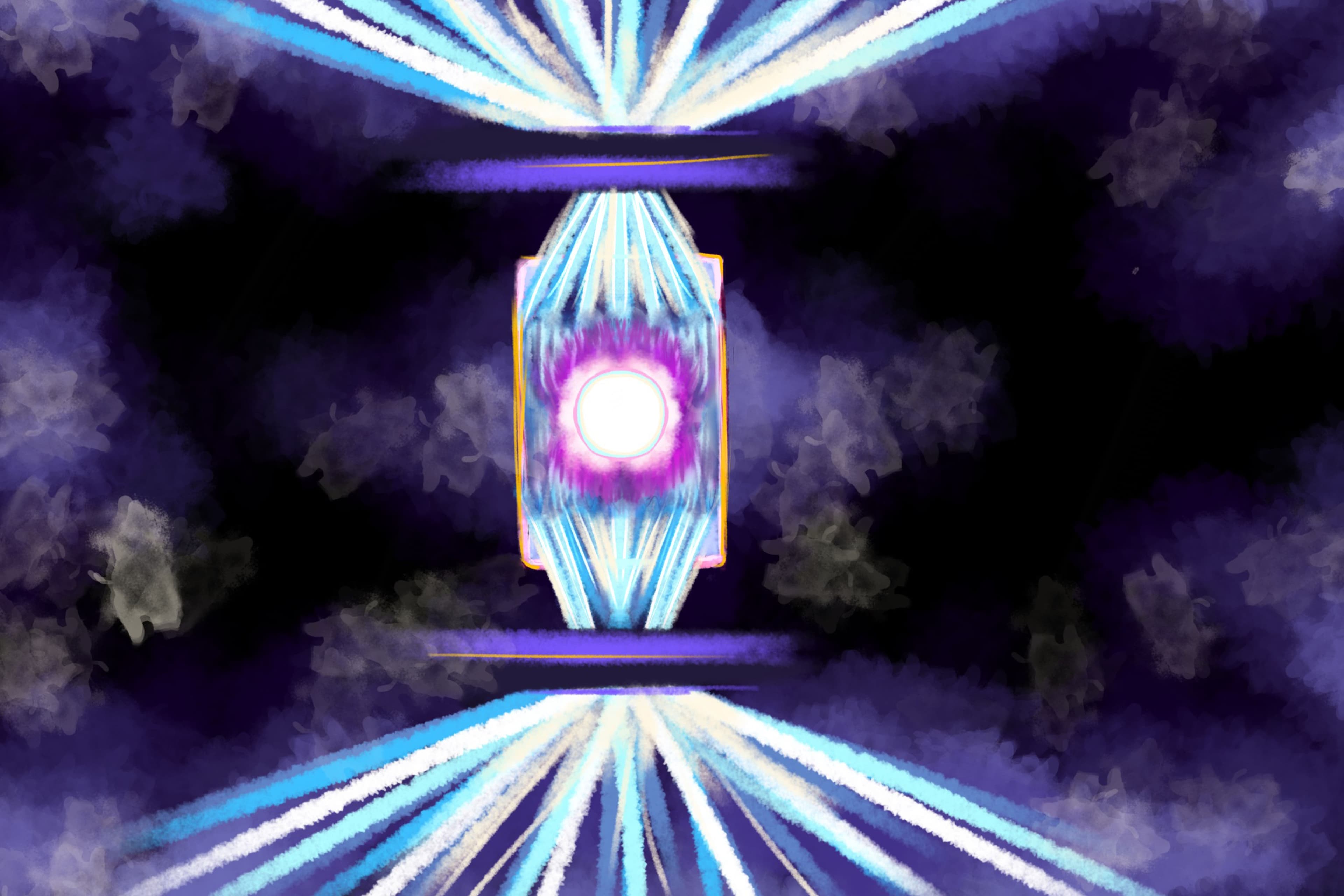
As of late 2022, scientists have found a way to create more energy than they lose in a fusion reaction. This breakthrough delivers hope for a future powered by nuclear fusion.
Scientists have been studying nuclear fusion for decades alongside other reactions such as nuclear fission. Nuclear fission is a process that splits heavy elements that have high atomic mass numbers, which creates energy. Its primary benefit is that it can be easier to control, which makes nuclear energy production simpler. The main drawback is that these reactions create unstable nuclei and leave behind radioactive nuclear waste.
This is where nuclear fusion can prove to be more useful. Nuclear fusion is a process where two light elements that have a low atomic mass number form a heavier element. This process creates significantly more energy than fission; it is even used by stars to produce massive amounts of energy. Nuclear fusion, however, is harder to control than fission. The reason it is being studied so extensively is because of its ability to create energy that does not produce any harmful atmospheric emissions. Not only this, but the sources of fuel that are usually involved in these experiments, namely hydrogen and lithium, are common around the earth.
It was not thought possible or practical to harness this energy until December of 2022. The National Ignition Facility in California underwent an experiment in which they put a tiny amount of hydrogen into a capsule then used a powerful laser to heat and compress the hydrogen fuel. The laser was so strong, it heated the capsule to 100 million degrees celsius hotter than the center of the sun and compressed it to a density 100 billion times that of Earth’s atmosphere. The immense forces caused the capsule to implode on itself, which forced the hydrogen atoms to fuse and subsequently release energy
The resulting energy expenditure from the laser was 2.05 megajoules, while the fusion had produced 3.15 megajoules of energy. Although this isn’t enough energy to do anything significant, the fact that the scientists were able to create more energy than they lost shows promise for nuclear fusion potentially being a prominent energy source in the future. This has been a long sought-out goal since the first nuclear fusion reaction in the 1950s, and leaves scientists in this field to estimate that, within a few decades, there may be fusion power plants.
Despite this, there are still problems that need to be addressed. The first most glaring problem is the cost. This experiment alone cost the National Ignition facility over 3.5 billion dollars in order to produce a small increase of energy. It’s difficult to incentivize scientists to conduct these kinds of experiments when the cost is so high, but the promise that this field is showing may very well be enough to keep this research going. Another major problem is that the production of energy must go up to a great extent, as producing small amounts of energy in each reaction is not efficient enough for a future to be powered by fusion. Energy production must be scaled to a much larger extent than it is now and this will likely be the hurdle that will take the most time to overcome
This breakthrough is a step in the right direction and, as further breakthroughs are made, perhaps fusion will be an even more viable source of energy for the future. Its potential to produce massive amounts of energy without creating any carbon emissions or affecting climate change could be life-changing. However, as it stands, the future regarding nuclear fusion is promising, yet uncertain